By Carolyn Edlund
Are you serious about getting your work juried in to competitions, exhibitions and shows? Have your images taken by a professional photographer who knows what they’re doing.
I recently spoke with Bret Corrington, the photographer behind Artist Eye Studio in Seattle, Washington. He frequently works with artists and craftspeople on their portfolios, and mentors them as well. Artist Eye even offers writing services for artists to help them create effective artists statements and bios.
He offered a few tips for finding the right photographer:
1. Make sure they specialize in working with artists. Corrington says, “Many photographers prefer other subjects, such as fashion or sports, and have little interest in working with artists and craftspeople, except for a quick job to pick up. Photographers who specialize in photographing art do it because they love art. It’s that simple.”
2. Get to know their work. Take a look at the photographer’s portfolio first to be sure that they are able to take the shots you need. You must have confidence in your photographer, because you will most likely be working with him again. Getting referrals from other artists can help lead you in the right direction.
3. Communicate. Explain the type of photos you are looking for, whether they are images for a jury, or if you plan to use them on brochures, postcards or advertising. Talk about props and settings that you may want, and decide the best location for the shoot. Get the photographer’s input as well, as they most likely will have good suggestions
4. Get an estimate. Find out their rates, and if they are charging per shot for artists rather than a “day rate” which is more typically for corporate work. Photography differs by the virtue of the work itself. No two jobs will be the same. Prices can vary, and will be more expensive if your work is highly reflective, which takes longer to shoot. Avoid frustration by getting an estimate before you schedule an appointment.
5. Make sure they have the right equipment. Do you need photography that will allow you to use your images in larger formats, such as giclees reproductions, banners or signage? Make sure you communicate this. Corrington uses a Nikon D800, that works well for artists who need a 300 dpi file size for reproductions, or submissions to art publishers for larger formats. Not all photographers will have the right cameras for this use.
“Next to creating the art itself, great photos are the first place to start,” says Corrington, who is also a painter. “You must have that before moving on to the next step.”
There are a slew of artists out there taking photos of their own work, with hot spots, glare, poor lighting and focus, to mention some of the basic problems. Corrington calls them telltale signs of amateurism, and cautions that if an artist doesn’t have high caliber photos, “they could be treading water in their career.”
“Money shots” and room views showing your art can be Photoshopped, but look best when professionally photographed. These photos can often be taken in the photographer’s studio at the same time as portfolio shots.
Be assured that your competition is submitting excellent shots of their work, both as jury images and for marketing purposes. Your images represent you, your work and your professionalism. Make sure you are ready for prime time.
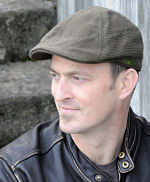
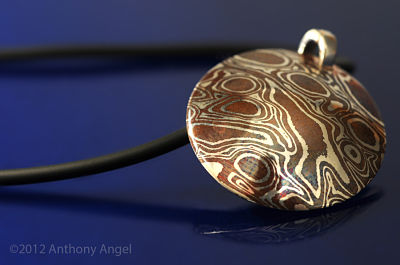
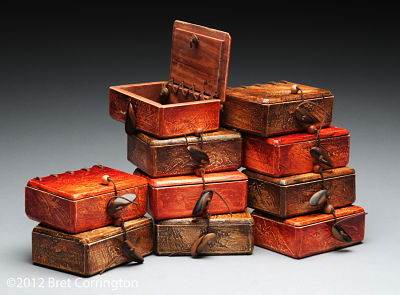
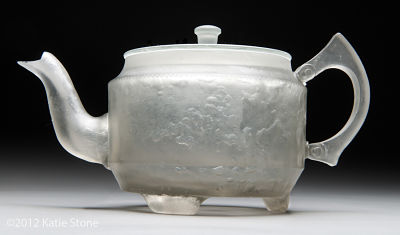
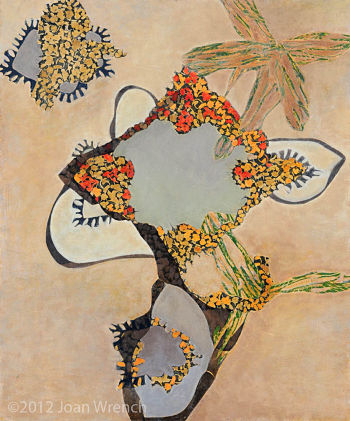



[…] To reed the entire article please see Choose the Right Photographer for Your Art – by Carolyn Edlund […]